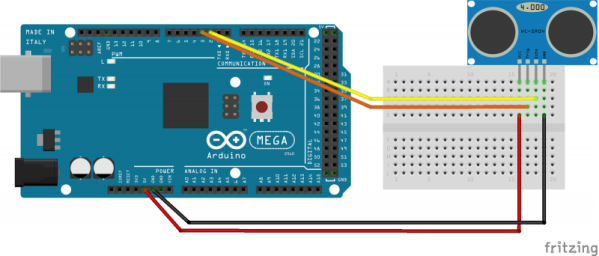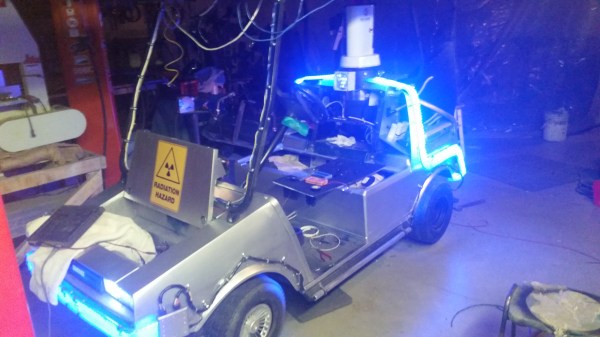Over the past five days we’ve been challenging the Hackaday community to build a clock and show it off. This is to raise awareness for electronics design in everyday life and hopefully you found a non-hacker to join you on the project. The point is that our society — which has pretty much universally accepted everyday carry of complex electronics — has no idea what goes into electronic design. How are we supposed to get kids excited about engineering if they are never able to pull back that curtain and see it in action?
Build something simple that can be understood by everyone, and show it off in a way that invites the uninitiated to get excited. What’s simpler than a clock? I think of it as the impetus behind technology. Marking the passage of time goes back to our roots as primitive humans following migratory herds, and betting on the changing seasons for crop growth. Our modern lives are governed by time more than ever. These Clocks for Social Good prove that anyone can understand how this technology works. And everyone who wants to learn to build their own electronic gadget can discover how to do so at low-cost and with reasonable effort. This is how we grow the next generation of engineers, so let’s take a look at what we all came up with over the weekend.














